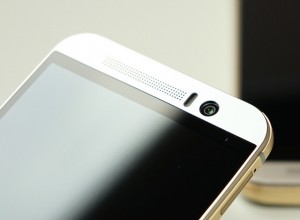Current research on targeted marketing shows that targeted messages can improve conversions 200% over general messaging.
With mobile devices it is easier than ever to collect data and put it in to action.
If you are able to collect the right data and define the proper audiences for your messaging based on their wants and needs and combining it with factors such as location and other demographic information your messaging can be truly powerful. You will want to define the data you collect prior to beginning your mobile application development project. Often iPhone application development companies in Los Angeles will make use of personas to define logistical groups for messaging after the data is collected. You will want to define your process before developing your app to ensure you collect the right data.

With mobile devices it is easier than ever to collect data and put it in to action | Photo: Tech Stage (Flikr)
After you are able to dig into your own data and analyze customer usage behavior you will be able to define personas and deliver targeted messaging to that group.
By creating personas will be able to carefully craft your messaging so that you speak to them in a way that will improve conversions.
By really understanding who those customers are; their demographics, interests, etc lets you tailor your messaging but determine the tactics you should use. Different mobile tactics work better for different groups.
Your customers interact in different ways with you and only by understanding how they interact with you can you understand how to interact with them. This is why you need understand how customers interact with you and develop personas is you can interact with them in ways they are most likely to respond.
Traditionally users were split into groups based on demographic info, but with modern techniques you can and will want to segment based on their digital attitudes and preferences for maximum effectiveness. By defining digital customer segments utilizing behavior data you will be able to realize success by tailoring interactions to customer abilities and attitudes.
Photo: http://bit.ly/1TzVJhs


